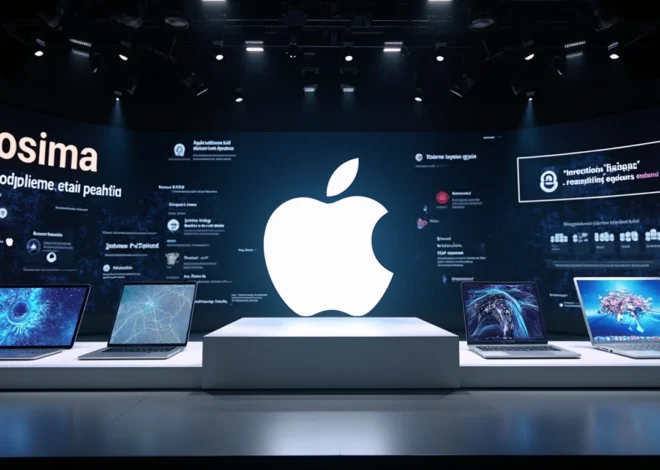
Microsoft Muse AI Revolutionizes Game Development with Generative Technology
Microsoft’s latest innovation, Muse, represents a significant advancement in game development technology, combining the power of generative AI with practical development tools. This collaborative effort between Microsoft Research and Ninja Theory demonstrates how AI can enhance rather than replace human creativity in game development, offering developers new ways to ideate and iterate gameplay sequences.
Table of Contents
Key Takeaways:
- Muse AI model supports gameplay ideation while preserving developer creativity
- Trained on Bleeding Edge gameplay footage to understand 3D environments and physics
- Features the innovative World and Human Action Model (WHAM) for gameplay generation
- Developed through collaboration between Microsoft Research and Xbox Game Studios
- Focuses on enhancing rather than replacing human game development processes
Understanding Muse’s Core Capabilities
Muse represents a breakthrough in AI-assisted game development. The system excels at generating gameplay visuals and controller actions, making it an invaluable tool for developers at Xbox Game Studios. By analyzing extensive footage from the multiplayer battle arena game Bleeding Edge, Muse has learned to predict and generate consistent gameplay sequences while respecting game physics and player interactions.

Collaborative Development Approach
The creation of Muse involved extensive collaboration between Microsoft Research’s specialized teams and Ninja Theory. Through interviews with 27 global game creators, the development team ensured the technology addressed real needs in the industry. This collaborative approach has made Muse particularly valuable for game development workflows.
Impact on Game Development
Muse is transforming how developers approach game creation. It speeds up the development process by generating multiple gameplay sequences for testing and refinement. The system’s ability to maintain consistency while offering diverse options makes it an excellent tool for creative exploration. For studios looking to enhance their development process, tools like Latenode’s automation capabilities can complement Muse’s functionality.
Future Implications
The introduction of Muse signals an exciting future for game development innovation. Its ability to understand and generate complex gameplay sequences while maintaining creative control in the hands of developers sets a new standard for AI in game development. The technology shows promise in inspiring new genres and gameplay mechanics while maintaining the essential human element in game creation.
Practical Applications
Developers can use Muse to generate and test gameplay scenarios quickly. The system’s WHAM Demonstrator provides a visual interface for interacting with the model, making it accessible to developers of varying technical backgrounds. The availability of model weights and sample data on Azure AI Foundry ensures that development teams can integrate Muse into their existing workflows effectively.


